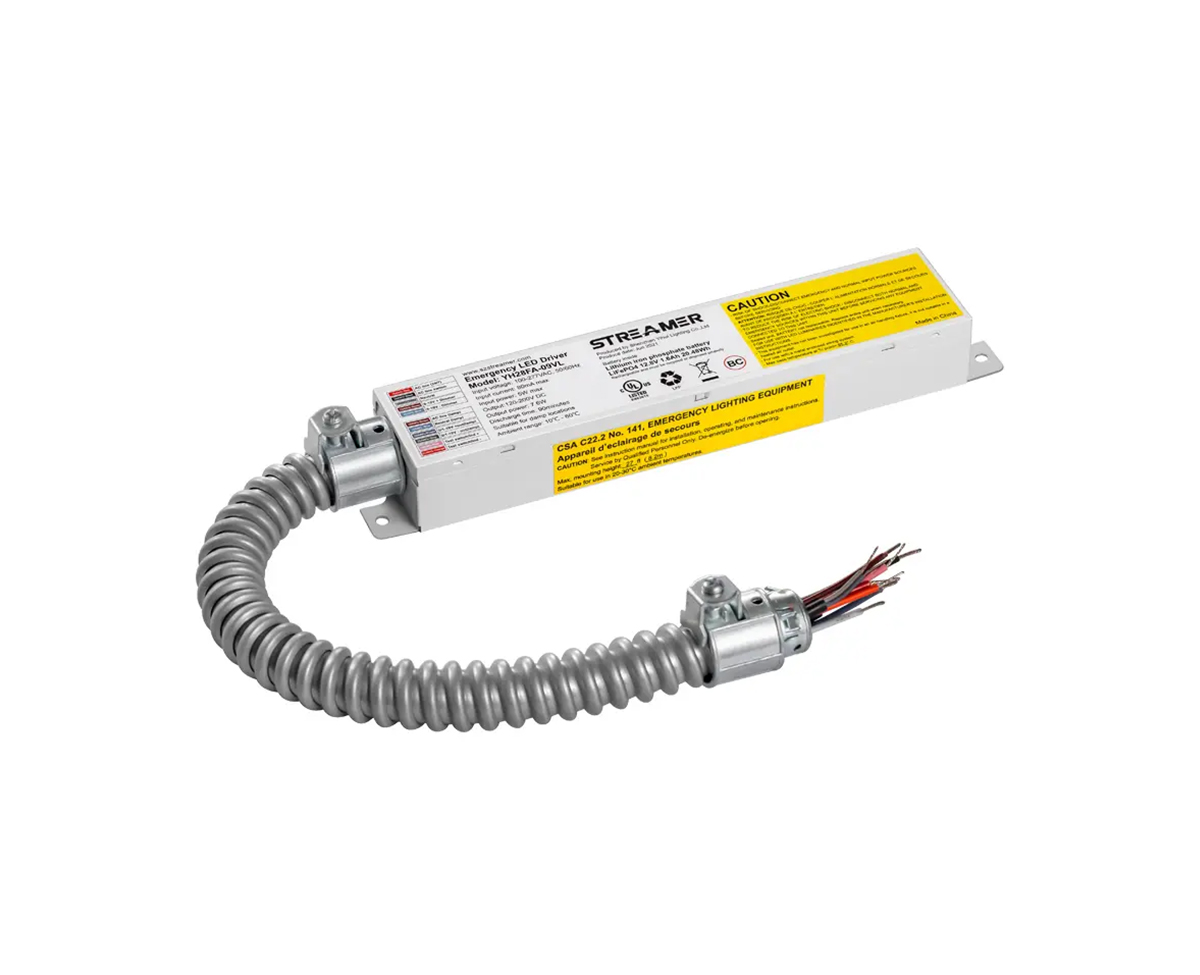 1
1
 May 05, 2025
May 05, 2025

Concealed installation, also known as dark installation, of LED emergency converters is a popular choice for maintaining the aesthetic integrity of indoor and outdoor spaces. However, several key points need to be considered to ensure a successful and safe installation.
First and foremost, proper planning of the installation location is crucial. The converter should be installed in an easily accessible area for maintenance and inspection, while still being hidden from view. For example, in a ceiling - mounted installation, it can be placed within a false ceiling cavity that has a removable panel for access. At the same time, the location should be free from excessive moisture, dust, and physical damage. Avoid installing the converter in areas prone to water leakage, such as near plumbing fixtures, or in locations where it may be bumped or hit by moving objects.
Electrical connections are another critical aspect. When performing a concealed installation, ensure that all electrical wires are properly insulated and securely connected. Use appropriate wire nuts or terminal blocks to make the connections, and follow local electrical codes and regulations. It is essential to turn off the power supply before making any electrical connections to prevent the risk of electric shock. Additionally, label all the wires clearly to facilitate future troubleshooting and maintenance.
The thermal management of the LED emergency converter during concealed installation also requires attention. Since the converter is hidden and may have limited air circulation, proper heat dissipation measures must be taken. This may involve using heat - conductive materials, such as thermal paste, to transfer heat from the converter's components to the surrounding structure. Additionally, ensure that there is enough clearance around the converter to allow for some air movement, which can help dissipate heat effectively.
Finally, the compatibility of the LED emergency converter with the existing lighting system needs to be verified. Check the voltage, current, and other electrical parameters of the converter to ensure it matches the requirements of the lighting fixtures. Also, make sure that the converter's control functions, such as automatic power - failure detection and emergency - mode activation, work seamlessly with the overall lighting setup.